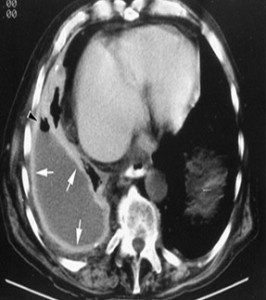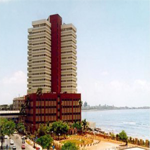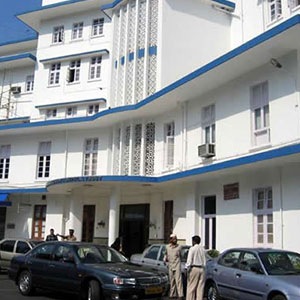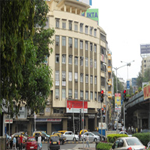
An x-ray of the chest usually shows a pleural effusion. When empyema is suspected a sample of the fluid is obtained with the help of a fine needle. The diagnosis of empyema is made when the pleural fluid reveals pus and when microscopic and microbiological tests show the fluid to contain bacteria or micro-organisms. An ultrasound scan or a CT scan is often required when the diagnosis of emypema is considered to check whether the fluid in the pleural space is free-flowing or has become loculated.
 |
 |
The treatment of empyema involves three main principles:
- Use of appropriate antibiotics to control infection
- Complete evacuation of the infected pleural fluid
- Complete expansion of the lung if it is trapped because of the fluid or a fibrous peel
When the fluid is thin (in the early stages) it is possible to evacuate it completely by aspiration with the help of a needle or by placing a tube in the chest to drain it out. In the more advanced stage of the disease (as is often the case by the time the diagnosis is made) the thick fluid or the pus may not drain out through a tube. That is where thoracoscopic surgery helps in clearing all the fluid/ pus, clearing up all the loculi and allow the lung to expand.
The procedure is a major procedure and is undertaken under general anaesthesia. Three to four small incisions are made over the chest and tubes called ports are placed. A telescope is passed through one of the ports and instruments through the others. The aim of the surgery is to clear all the fluid, infected debris and the peel (if any) from the lung. At the end of the surgery complete expansion of the lung is confirmed. In late or difficult cases (10 – 20%) the procedure may have to be converted to an open operation through a long incision to satisfactorily complete the surgery. The later in the course of the disease the surgery is performed, the higher are the chances of the patient requiring an open operation.
- Less pain from the incisions after surgery
- Possibly a shorter hospital stay than after an open operation. Often, how soon a patient is able to go home depends on the severity of the empyema and how soon the drainage tube placed in the chest stops draining.
- Shorter recovery time
- Faster return to work or normal activity
- Better cosmetic healing









